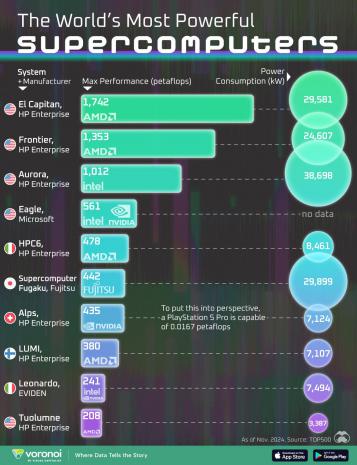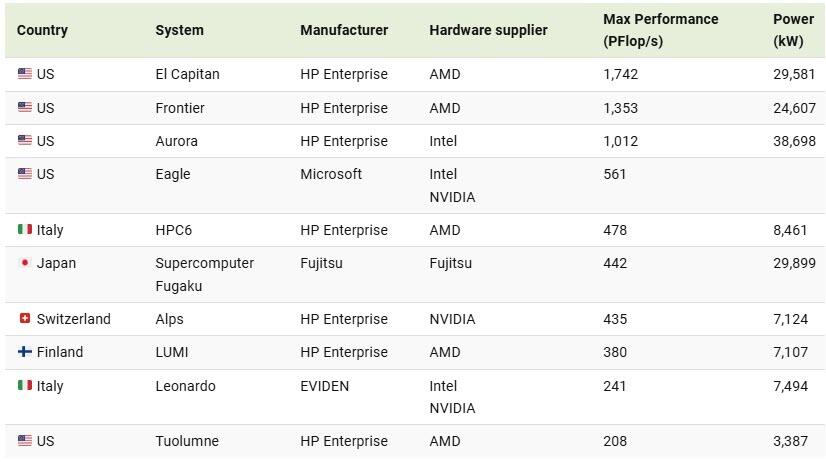
Breaking News
 OTOY | GTC 2023: The Future of Rendering
OTOY | GTC 2023: The Future of Rendering
 Humor: Absolutely fking hilarious. - Language warning not for children
Humor: Absolutely fking hilarious. - Language warning not for children
 President Trump's pick for Surgeon General Dr. Janette Nesheiwat is a COVID freak.
President Trump's pick for Surgeon General Dr. Janette Nesheiwat is a COVID freak.
 What Big Pharma, Your Government & The Mainstream Media didn't want you to know.
What Big Pharma, Your Government & The Mainstream Media didn't want you to know.
Top Tech News
 Forget Houston. This Space Balloon Will Launch You to the Edge of the Cosmos From a Floating...
Forget Houston. This Space Balloon Will Launch You to the Edge of the Cosmos From a Floating...
 SpaceX and NASA show off how Starship will help astronauts land on the moon (images)
SpaceX and NASA show off how Starship will help astronauts land on the moon (images)
 How aged cells in one organ can cause a cascade of organ failure
How aged cells in one organ can cause a cascade of organ failure
 World's most advanced hypergravity facility is now open for business
World's most advanced hypergravity facility is now open for business
 New Low-Carbon Concrete Outperforms Today's Highway Material While Cutting Costs in Minnesota
New Low-Carbon Concrete Outperforms Today's Highway Material While Cutting Costs in Minnesota
 Spinning fusion fuel for efficiency and Burn Tritium Ten Times More Efficiently
Spinning fusion fuel for efficiency and Burn Tritium Ten Times More Efficiently
 Rocket plane makes first civil supersonic flight since Concorde
Rocket plane makes first civil supersonic flight since Concorde
 Muscle-powered mechanism desalinates up to 8 liters of seawater per hour
Muscle-powered mechanism desalinates up to 8 liters of seawater per hour
 Student-built rocket breaks space altitude record as it hits hypersonic speeds
Student-built rocket breaks space altitude record as it hits hypersonic speeds
 Researchers discover revolutionary material that could shatter limits of traditional solar panels
Researchers discover revolutionary material that could shatter limits of traditional solar panels
These Are The World's 10 Most Powerful Supercomputers

In this graphic, Visual Capitalist's Marcus Lu visualizes the performance and power consumption of the world's top 10 supercomputers.
Data and Key Takeaways
The data we used to create this graphic is listed in the table below. Figures come from TOP500's November 2024 ranking.
This ranking highlights America's position as a global leader in computing power. For instance, the top three supercomputers are located in the U.S., and all of them are classified as exascale systems.
This is a significant change from the 2021 ranking, in which Japan's Supercomputer Fugaku held the top spot.
The winner of this year's ranking is El Capitan, which became operational in 2024 and is the third exascale system deployed by the United States.
Sponsored by the U.S. Department of Energy, El Capitan was manufactured by HP Enterprise Cray and features an unknown number of AMD Instict MI300A accelerated processing units (APUs).
What's An Exascale Computer?
An exascale computer is capable of performing at least 1 exaflop (1 quintillion operations per second).
Note that in this ranking, performance is measured in petaflops (1 quadrillion). 1,000 petaflops is equal to 1 exaflop.




